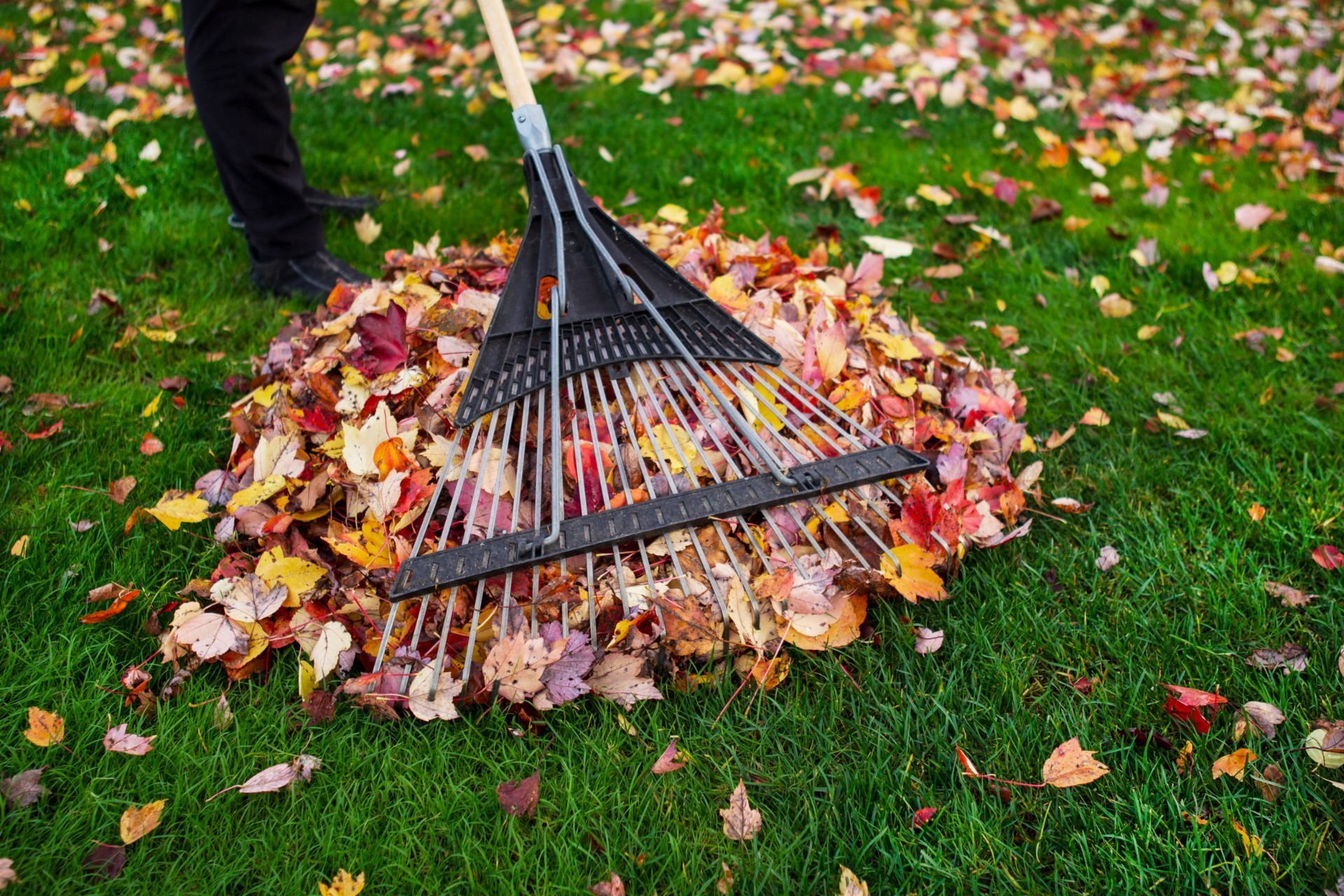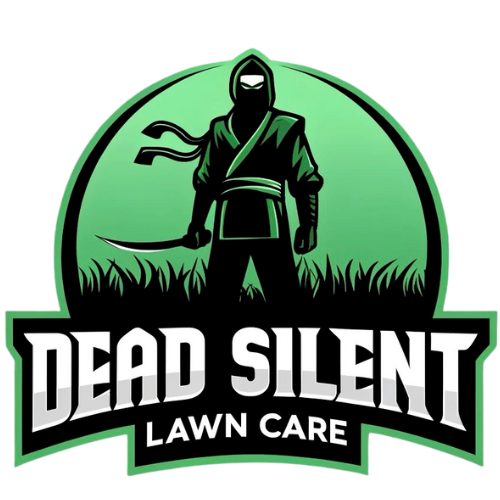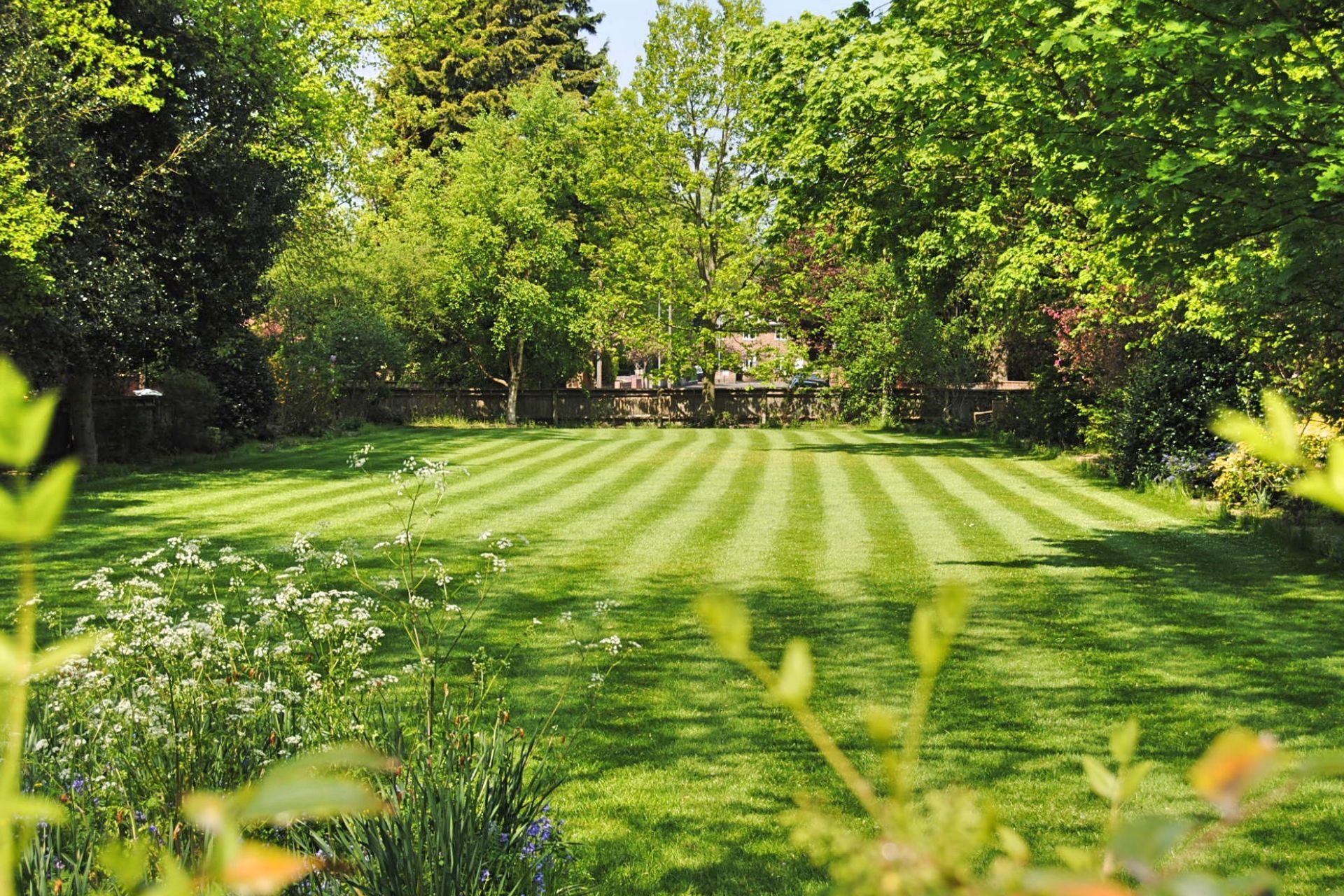Fall Lawn Prep: Getting Your Yard Ready for Winter in Athens
As the vibrant autumn leaves begin to fall, it's time to prepare your lawn for the upcoming winter months. Proper fall lawn preparation is crucial for ensuring a lush and healthy lawn come spring. At Dead Silent Lawncare in Athens, GA, we offer expert advice and services to help you get your yard winter-ready. In this article, we'll cover essential fall lawn care tips to protect and nurture your grass through the colder season.

1. Raking and Leaf Removal
Importance of Clearing Leaves
Falling leaves can block sunlight and trap moisture, creating an environment conducive to pests and diseases. Regularly raking and removing leaves helps maintain grass health by allowing the soil to breathe and absorb sunlight.
Alternatives to Raking
Consider using a mulching mower to shred leaves into smaller pieces, allowing them to decompose and enrich the soil with organic nutrients. This method minimizes waste and supports lawn nourishment.
2. Aeration for Improved Soil Health
Benefits of Lawn Aeration
Aeration involves perforating the soil with small holes to reduce compaction, improve air circulation, and enhance water and nutrient absorption. This process encourages root growth and prepares the lawn to withstand winter stress.
Timing Aeration
The best time to aerate your lawn is in early to mid-fall when the grass is actively growing and can recover quickly. It sets the stage for stronger roots and healthier growth in the spring.
3. Fertilization for Nutrient Support
Importance of Fall Fertilization
Fertilizing in the fall provides essential nutrients that help the grass establish strong roots and store energy needed to survive winter dormancy. Look for a high-phosphorus or balanced fertilizer to strengthen your lawn's root system.
Application Tips
Apply fertilizer evenly across your lawn, following label instructions to avoid over-fertilization, which can harm your grass. The ideal time to fertilize is just before or after aeration, allowing nutrients to penetrate the soil effectively.
4. Overseeding for Thickening the Lawn
Why Overseed?
Overseeding introduces new grass varieties to thicken your lawn, fill bare patches, and improve resistance to diseases and pests. It also helps diversify your yard, making it less susceptible to environmental stresses.
Best Practices for Overseeding
For best results, overseed after aerating and fertilizing the lawn. Choose a seed mix suited to Athens' climate and your current grass type. Maintain consistent moisture until new grass is established.
5. Adjusting Mowing Practices
Final Mowing Preparation
As temperatures drop, gradually lower your mower blade to cut the grass slightly shorter for the last few mowings of the season. This reduces matting, minimizes disease risk, and facilitates leaf removal. However, avoid cutting grass too short, which can weaken the plant before winter.
Conclusion
Fall lawn preparation is an investment in your yard's health, ensuring it emerges strong and vibrant in the spring. By following these essential tips from Dead Silent Lawncare, you can protect your Athens lawn from winter damage and set the stage for a thriving landscape. For personalized care and expert guidance, our team is here to assist you with all your fall lawn care needs.
Frequently Asked Questions
Why is leaf removal in the fall important?
Leaves left on the lawn create a barrier that blocks sunlight and traps moisture, leading to pest and disease issues.
When should I aerate my lawn in the fall?
Early to mid-fall is ideal for aeration when the grass is actively growing and can quickly recover from the process.
What kind of fertilizer should I use in the fall?
A high-phosphorus or balanced fertilizer is recommended to strengthen root systems and prepare the lawn for winter dormancy.
How does overseeding benefit my lawn?
Overseeding fills bare patches, thickens your lawn, and introduces adaptable grass varieties, enhancing resilience to stress.
Is it necessary to mow my lawn differently in the fall?
Yes, gradually reducing the mowing height helps prevent matting and disease, preparing your lawn for winter.


